Discovering Uruguay: A Hidden Gem in South America
Uruguay, often overshadowed by its larger neighbors Brazil and Argentina, is a hidden gem in South America. This small but vibrant country offers a blend of rich culture, beautiful beaches, historic towns, and lush landscapes. Here’s an in-depth guide to exploring the wonders of Uruguay.
Montevideo
Uruguay’s capital and largest city, Montevideo, is a vibrant metropolis with a rich cultural scene, beautiful architecture, and a laid-back atmosphere.
- Ciudad Vieja (Old Town): The historic heart of Montevideo, featuring colonial buildings, museums, art galleries, and the iconic Mercado del Puerto, a bustling market famous for its delicious parrillas (grilled meats).
- La Rambla: A scenic promenade that stretches along the coast, perfect for walking, jogging, cycling, or simply enjoying the stunning views of the Río de la Plata.
- Plaza Independencia: The main square in Montevideo, home to the statue of General Artigas, the country’s national hero, and the impressive Palacio Salvo.
Punta del Este
Known as the “St. Tropez of South America,” Punta del Este is a glamorous resort town famous for its beautiful beaches, upscale resorts, and vibrant nightlife.
- Playa Brava: Known for its strong waves and the iconic “La Mano” sculpture, a giant hand emerging from the sand.
- Playa Mansa: A calmer beach, perfect for swimming and relaxing with family-friendly amenities.
- Casapueblo: A stunning building designed by artist Carlos Páez Vilaró, serving as a museum, art gallery, and hotel, with breathtaking views of the ocean.
Colonia del Sacramento
A UNESCO World Heritage Site, Colonia del Sacramento is a charming town with cobblestone streets, historic architecture, and a rich colonial history.
- Barrio Histórico: The historic quarter, featuring beautifully preserved colonial buildings, quaint streets, and vibrant plazas.
- Faro de Colonia: The town’s lighthouse, offering panoramic views of Colonia and the Río de la Plata.
- Museo Portugués: A museum showcasing artifacts and exhibits related to the town’s Portuguese colonial past.
Natural Wonders
Punta del Diablo
A picturesque fishing village turned bohemian beach town, Punta del Diablo is known for its relaxed vibe, beautiful beaches, and stunning natural surroundings.
- Playa de los Pescadores: The main beach, perfect for sunbathing, swimming, and watching the local fishermen at work.
- Santa Teresa National Park: A nearby park offering lush forests, hiking trails, and pristine beaches.
- Laguna Negra: A large lagoon surrounded by wetlands, home to diverse bird species and a popular spot for birdwatching.
Cabo Polonio
An off-the-grid beach village within a national park, Cabo Polonio is known for its remote beauty, unique dunes, and lack of electricity and running water.
- Cabo Polonio Lighthouse: Offering spectacular views of the Atlantic Ocean and the surrounding dunes.
- Sea Lion Colony: One of the largest sea lion colonies in South America, located near the lighthouse.
- Dunes of Cabo Polonio: Expansive sand dunes perfect for hiking and exploring the unique landscape.
Termas del Arapey
Located in the northern part of Uruguay, Termas del Arapey is famous for its thermal springs and relaxing spa resorts.
- Thermal Pools: Enjoy the natural hot springs and therapeutic waters, known for their health benefits.
- Resorts and Spas: Various accommodations offering spa treatments, wellness programs, and recreational activities.
- Nature Trails: Explore the surrounding nature trails, perfect for hiking and enjoying the lush landscapes.
Cultural Experiences
Tango and Candombe
Uruguay has a rich musical heritage, with tango and candombe being two of the most popular genres.
- Tango Shows: Experience the passion and elegance of tango in Montevideo’s intimate clubs and theaters.
- Candombe Drumming: Originating from the Afro-Uruguayan community, candombe is a lively and rhythmic drumming tradition performed during carnival and special events.
Carnival
Uruguay’s carnival is one of the longest in the world, featuring vibrant parades, colorful costumes, and lively music.
- Llamadas Parade: A highlight of the carnival, where groups of candombe drummers march through the streets of Montevideo’s Barrio Sur and Palermo neighborhoods.
- Tablados: Open-air stages where carnival performances, including murga (satirical musical theater), take place throughout the city.
Practical Tips for Visitors
Best Time to Visit: The best time to visit Uruguay is during the summer months (December to March), when the weather is warm and perfect for beach activities. Spring (September to November) and autumn (April to June) are also pleasant with fewer crowds.
Getting Around: Uruguay has a well-developed transportation network, including buses, rental cars, and ferries. Buses are the most common mode of transportation for both intercity and local travel.
Accommodation: Uruguay offers a range of accommodation options, from luxury hotels and beach resorts to budget hostels and charming guesthouses.
Local Cuisine: Don’t miss trying traditional Uruguayan dishes such as asado (barbecue), chivito (steak sandwich), empanadas, and dulce de leche desserts. Mate, a traditional herbal tea, is also a popular drink.
Language: Spanish is the primary language spoken in Uruguay.
Reflection and Farewell
Uruguay, with its rich cultural heritage, stunning natural landscapes, and welcoming atmosphere, offers an unforgettable travel experience. From the historic streets of Montevideo and Colonia del Sacramento to the pristine beaches of Punta del Este and Cabo Polonio, Uruguay promises a journey filled with discovery and relaxation.
Plan your visit to this charming South American country and explore the wonders that make Uruguay a must-visit destination.
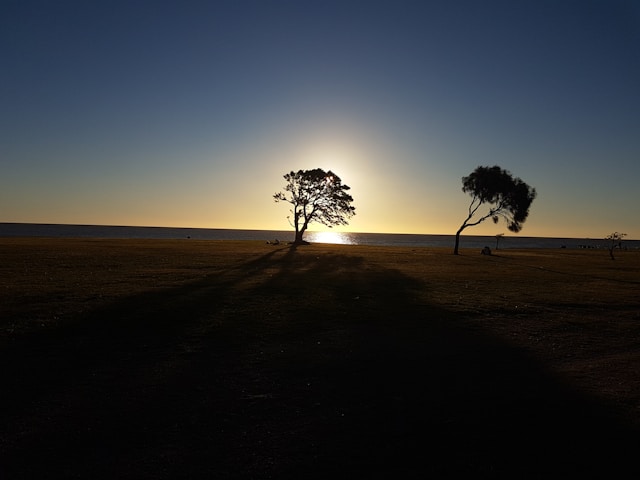

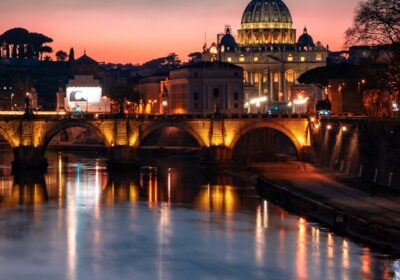
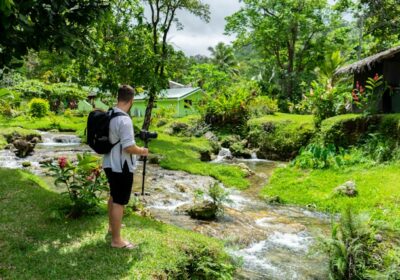
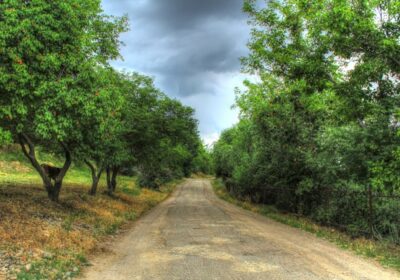
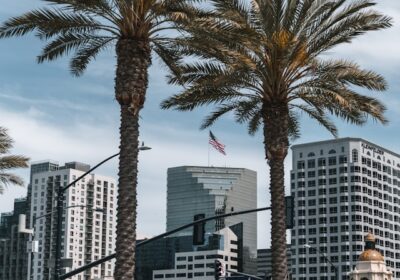
Leave feedback about this